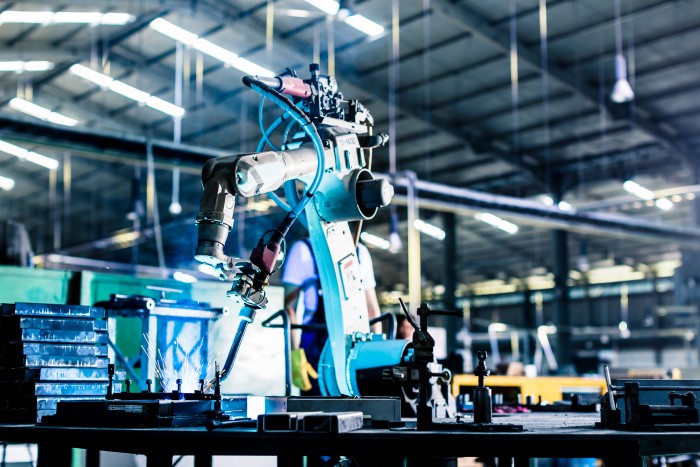Predictive Maintenance Market “Set to Grow to $4.9 Billion”
6th April 2017

Predictive maintenance will make waves in the global market as it is set to grow to $4.9 billion by 2021 – that’s the view of Don Rogers, head of the Manufacturing Industry Practice at World Wide Technology. He says: “What we’re seeing on a global scale is that manufacturers that have invested in predictive analytics solutions remain more resilient, efficient and profitable – which is essential to ongoing success amid intense competition. The ability to predict mechanical production failures, supply chain disruptions and logistics impediments enable the business to make more highly-informed decisions, avoiding costly production disruptions and outages. We’ve recently seen a manufacturer in the US on track to achieve $1 billion in savings by the end of the year. They’ve begun to integrate IoT sensors and predictive analytics into 550 plants which has helped them reduce down time. It’s usually the most high-tech and forward thinking manufacturers who are able to weather storms of market uncertainty and fend off competition.”
He continues: “For the manufacturing sector to navigate the economic uncertainties and keep up with global competitors, embracing this data driven world will be key. Future resilience will be based on the ability to reap these ongoing efficiency benefits as predictive analytics delivers increasing returns.
“The application of IoT solutions in industrial settings is a complex undertaking. Not only must the physical network be correctly implemented, but the generated data must be successfully converted into usable insights that have a clear business benefit. Predictive analytics solutions such as Predictive Maintenance promises to be a great set of tools for manufacturers who wish to reduce down time and gain better visibility of their processes.
“Existing infrastructure must be fully considered and stakeholders at all organisational levels should be consulted before anything is connected to the network. It is only through a holistic approach that firms can harness the power of connected manufacturing.”

